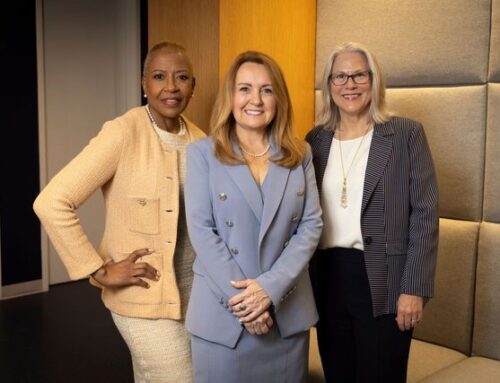We explained today and also discussed on this week’s podcast that HUD loans don’t equal affordable housing at the Lake Highlands Town Center, at least the particular loans that have been sought so far. But because the project is under a Tax Increment Financing (TIF) agreement, meaning that developer Prescott Realty eventually will be eligible for reimbursements of up to $40 million in taxpayer dollars, Prescott is required to make 20 percent of its more than 1,200 residential units “affordable.”
What does “affordable” mean, in this case? “Basically workforce level housing,” says Sue Hounsel of the city’s economic development department. “So if you look at rents and income levels, it’s not Section 8.”
The formal wording is that Prescott “needs to provide at least 20 percent of units that are affordable based on 80 percent of median family income,” Hounsel says. (The 80 percent requirement is the same in the HUD loan the city is seeking, and applies in that case to the people whose jobs will be created by Town Center businesses.)
“Generally we’ve tried to say that as long as 20 percent of units are made available,” the project meets TIF standards, Hounsel says. “Ideally, it would be different types and different sizes across the board, but in some cases, it only works to do smaller units available.
“The idea is you shouldn’t be able to tell any difference between an affordable unit and another unit. They built them all the same way. It may be that some units can get additional amenities if they’re willing to pay for them, but the standard finish-out shouldn’t be any different.”
This policy is in place in most of Dallas’ newer TIF districts created since 2005, which includes the Skillman Corridor TIF. It’s a TIF policy both because it is the policy of Dallas County, one of the TIF participants, and because “a number of our councilmen at different times have wanted to embrace it,” Hounsel says. Only a handful of the 2005 and later TIF projects are completed and open, she says, and they are required to report the status of their leasing twice a year. In most of these TIF agreements, the affordable housing provision is in place for 10 to 15 years.
“We’ve tried to keep it fairly simple. We get debate on both sides of it,” Hounsel says, emphasizing that affordable housing is “not the reason the TIF was set up.” Instead, the city’s TIF program was developed “to grow the tax base,” Hounsel says. “It’s not its purpose to solve the affordable housing problem.”
Affordable housing isn’t the only policy in place for newer TIF districts, Hounsel points out. “Parks and green space and trails are also part of it,” she says.





